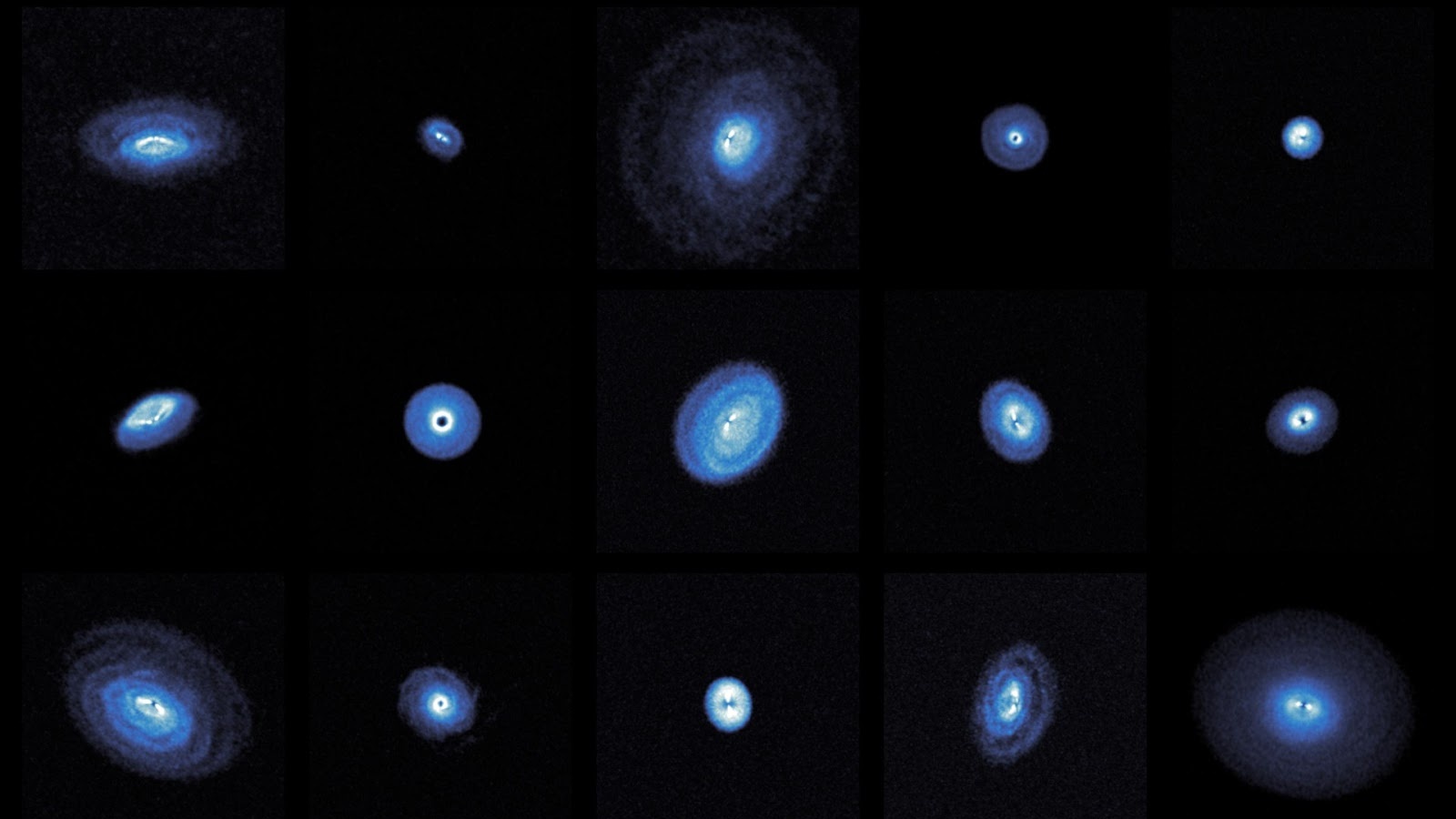Latest about
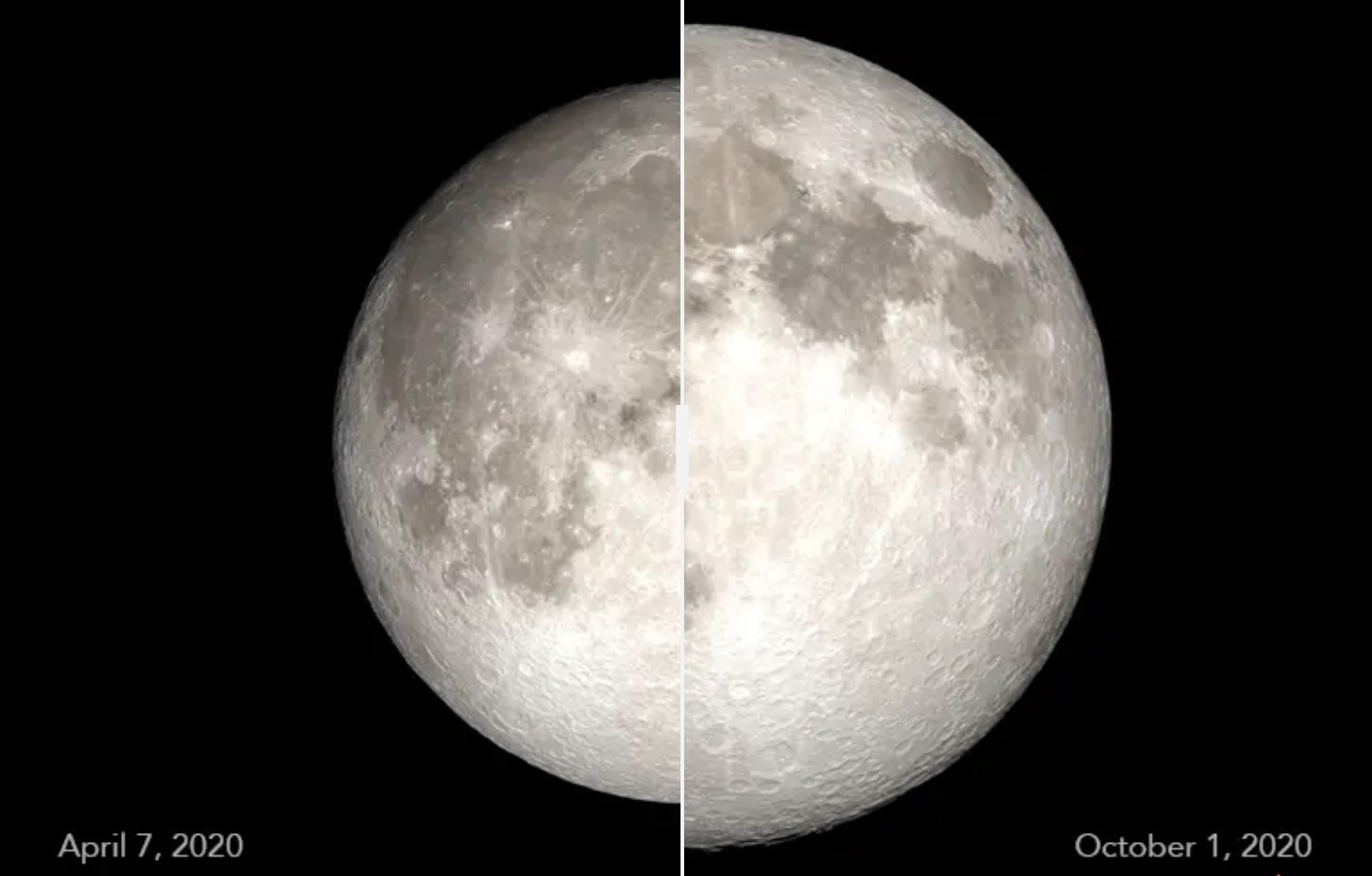
Watch April's Full Pink 'micromoon' rise this weekend with a free telescope livestream
By Samantha Mathewson published
The Full Pink Moon rises Saturday (April 12), marking the farthest, smallest and faintest full moon of the year, and you can watch it live online.
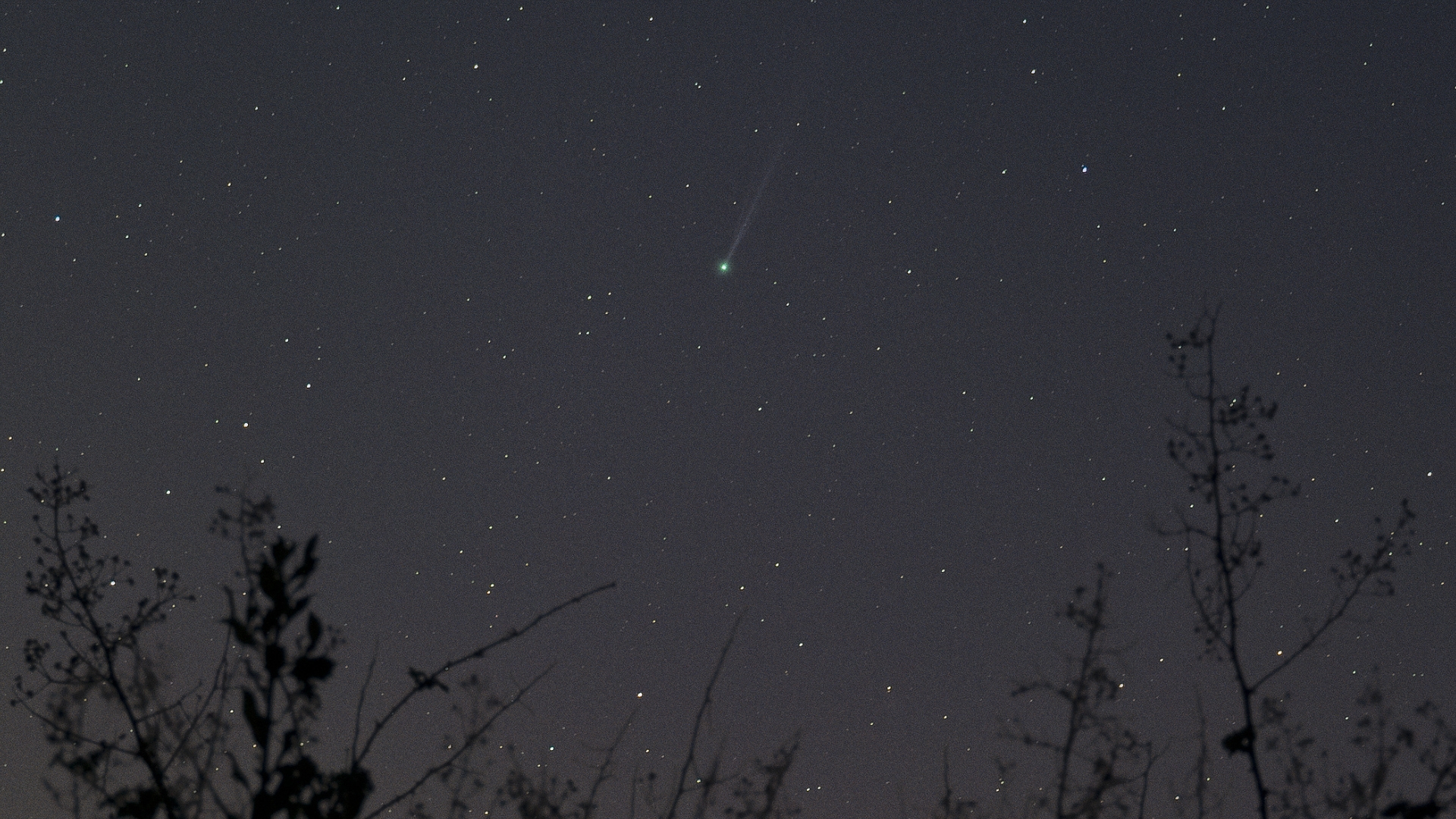
What to expect from the newfound Comet Swan: An observer's guide
By Joe Rao published
Here's an observers' guide to the newly discovered Comet 2025 F2 (SWAN), which is visible in northern skies right now.
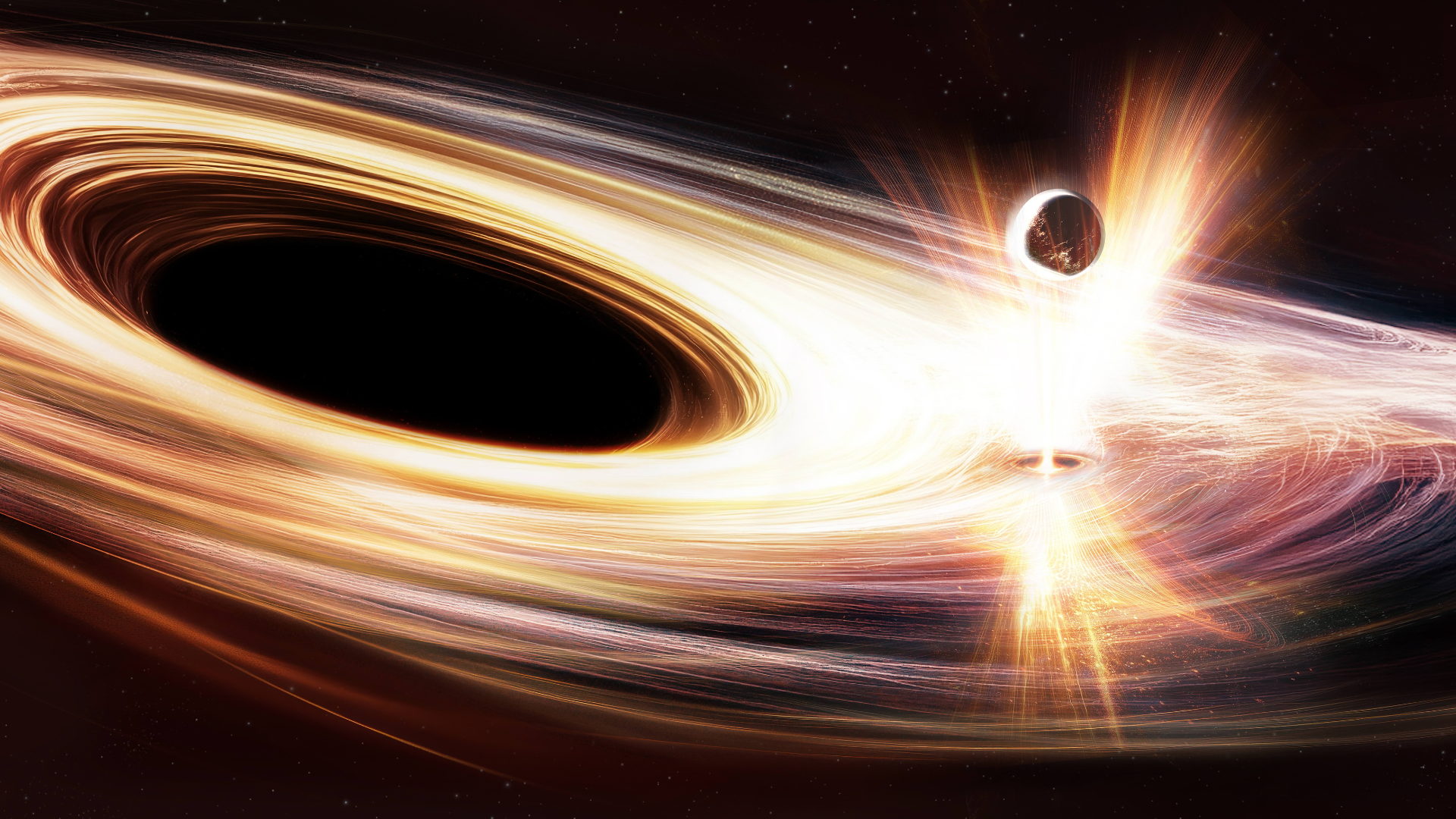
NASA spacecraft spots monster black hole bursting with X-rays 'releasing a hundred times more energy than we have seen elsewhere'
By Robert Lea published
Astronomers have used space-based telescopes, including NASA's Swift X-ray observatory, to watch a monster black hole spring to life with powerful X-ray eruptions.
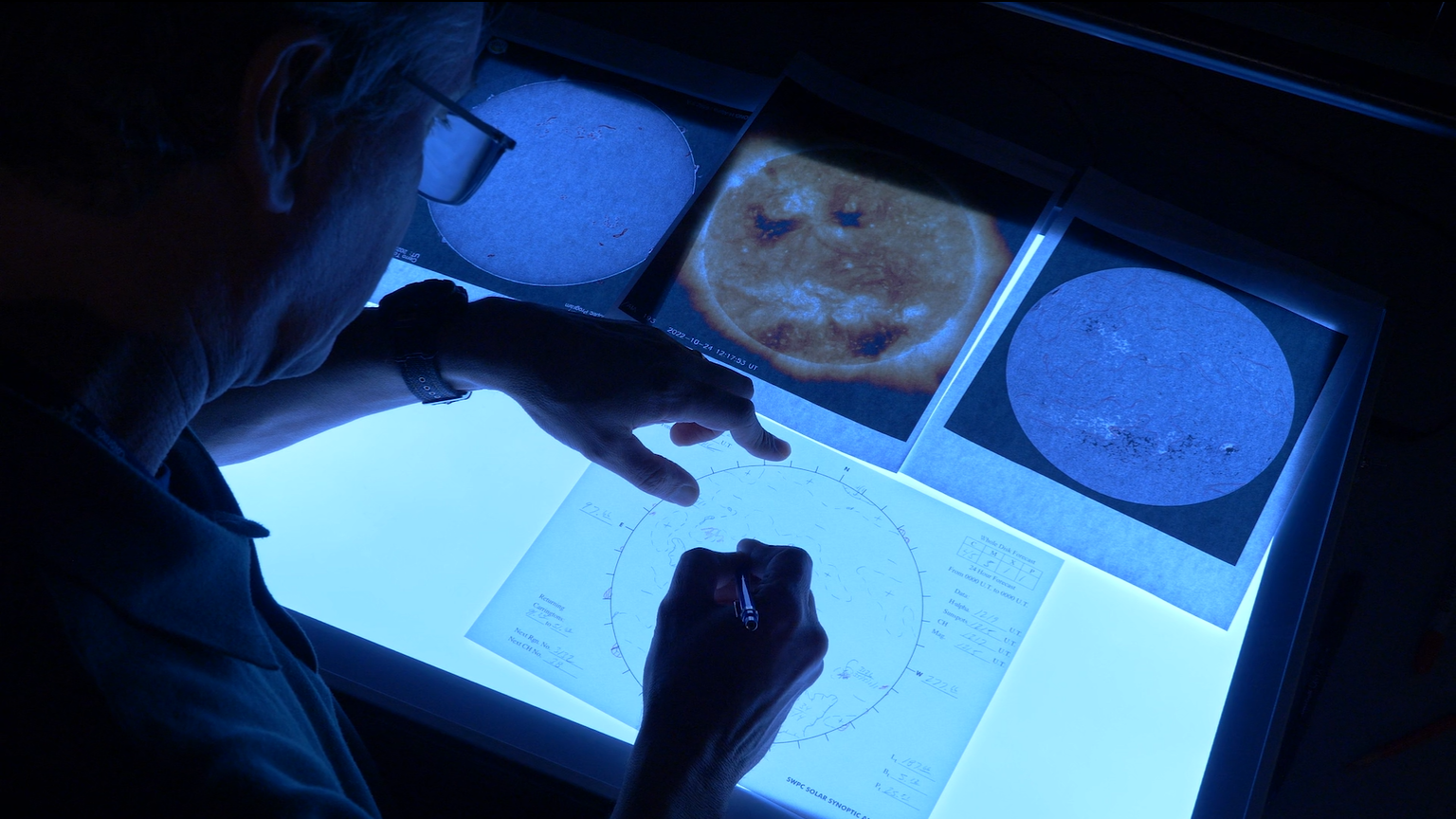
Trump administration's NOAA layoffs affected the space weather service that tracks solar storms
By Meredith Garofalo published
Experts share why Trump-mandated cuts to the NOAA's Space Weather Prediction Center share is a big deal.
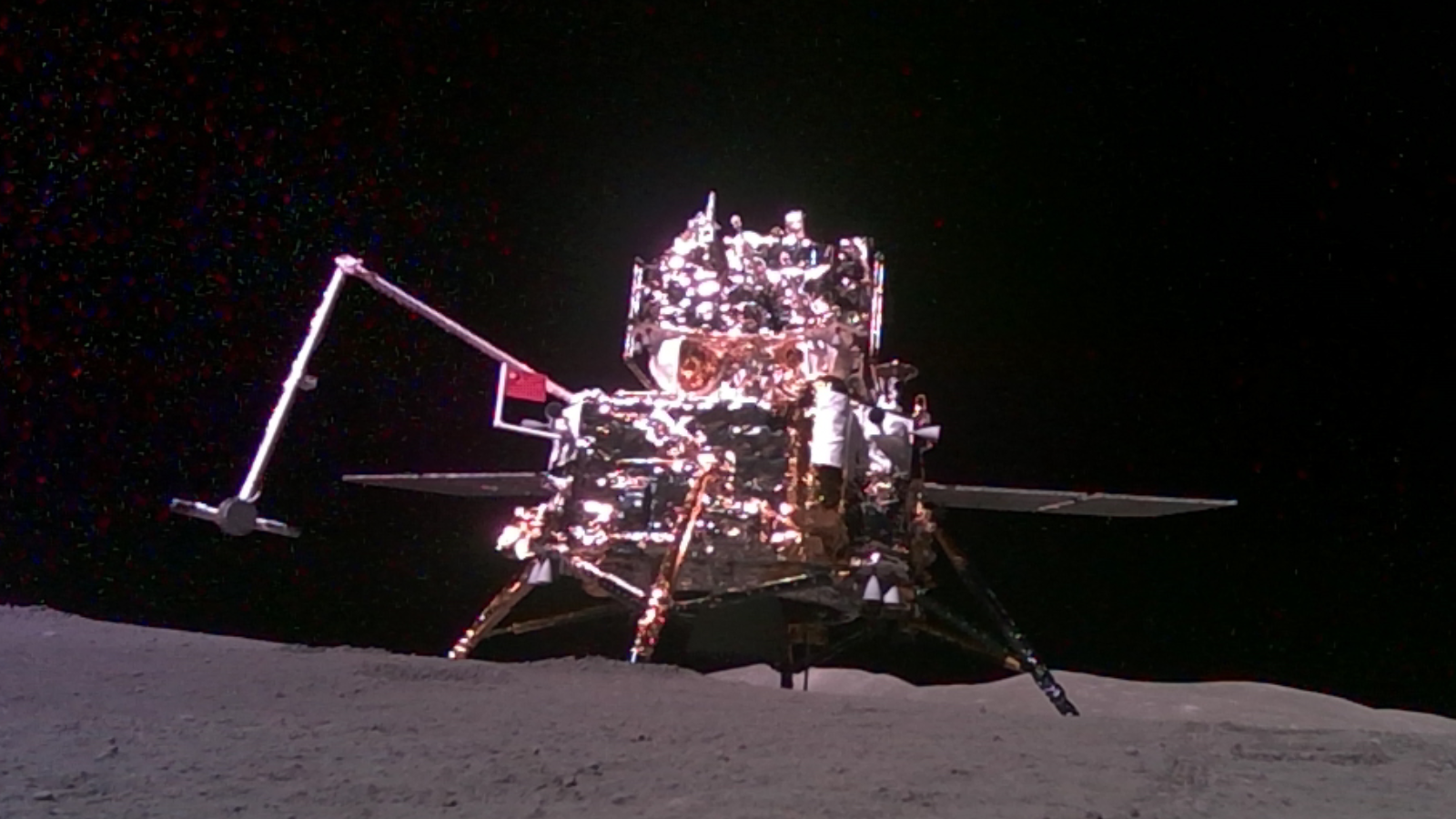
China's Chang'e 6 lunar samples suggest our moon is debris from an ancient Earth impact
By Keith Cooper published
Analysis of samples brought back from the farside of the Moon by the Chang'e 6 mission have found the water content of the lunar farside mantle is much more depleted compared to the nearside.
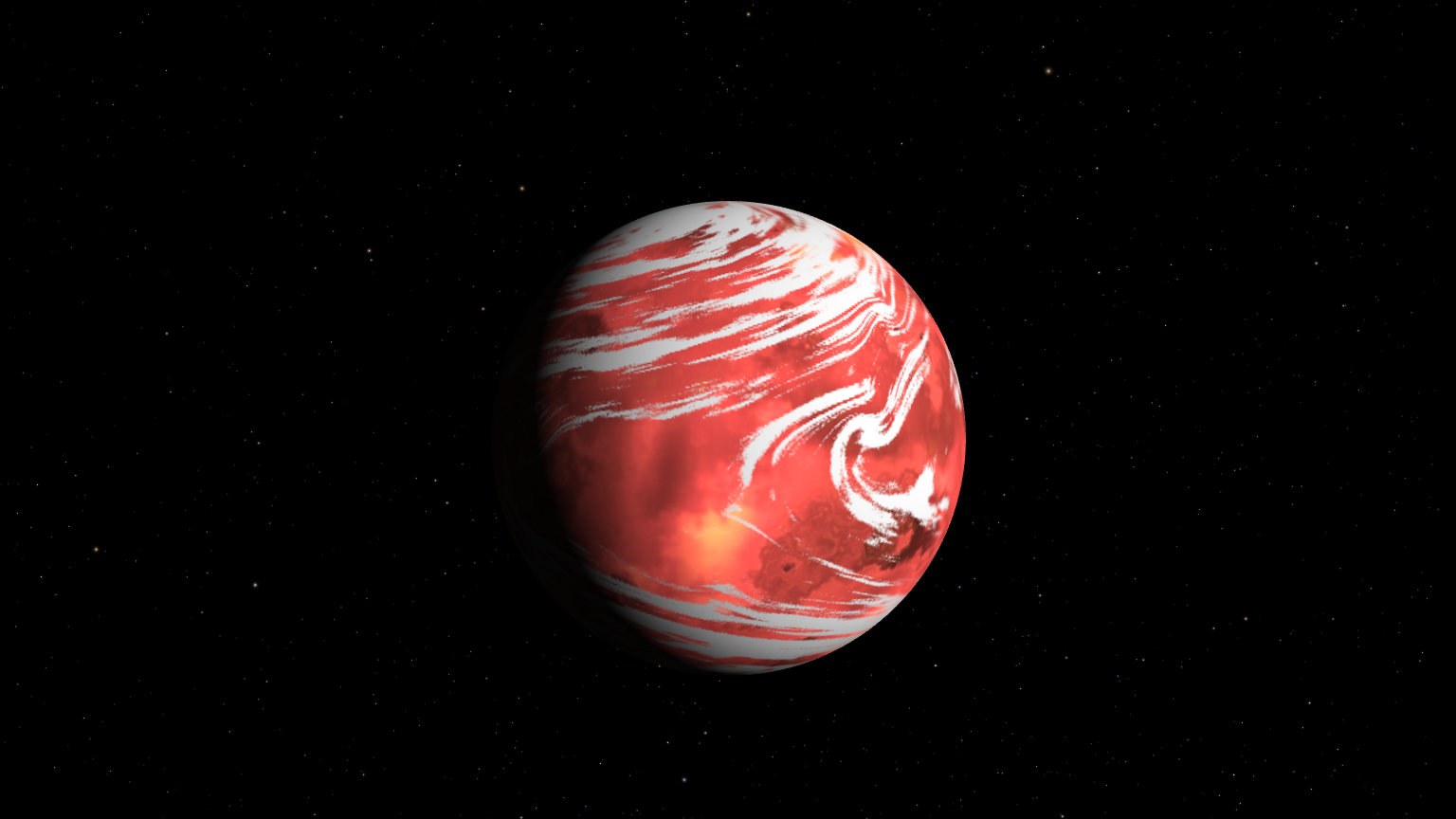
Nearby exoplanet could offer clues about atmospheres around hot, rocky alien worlds
By Sharmila Kuthunur published
A nearby Earth-sized planet beyond our solar system could soon add to the diversity of known terrestrial worlds with their own "air."

Newly discovered Comet C/2025 F2 (SWAN) captured in stunning photo blazing across UK skies
By Daisy Dobrijevic last updated
The striking Comet C/2025 F2 (SWAN) photograph was captured by astrophotographer Josh Dury at 4:50 a.m. local time on April 9.
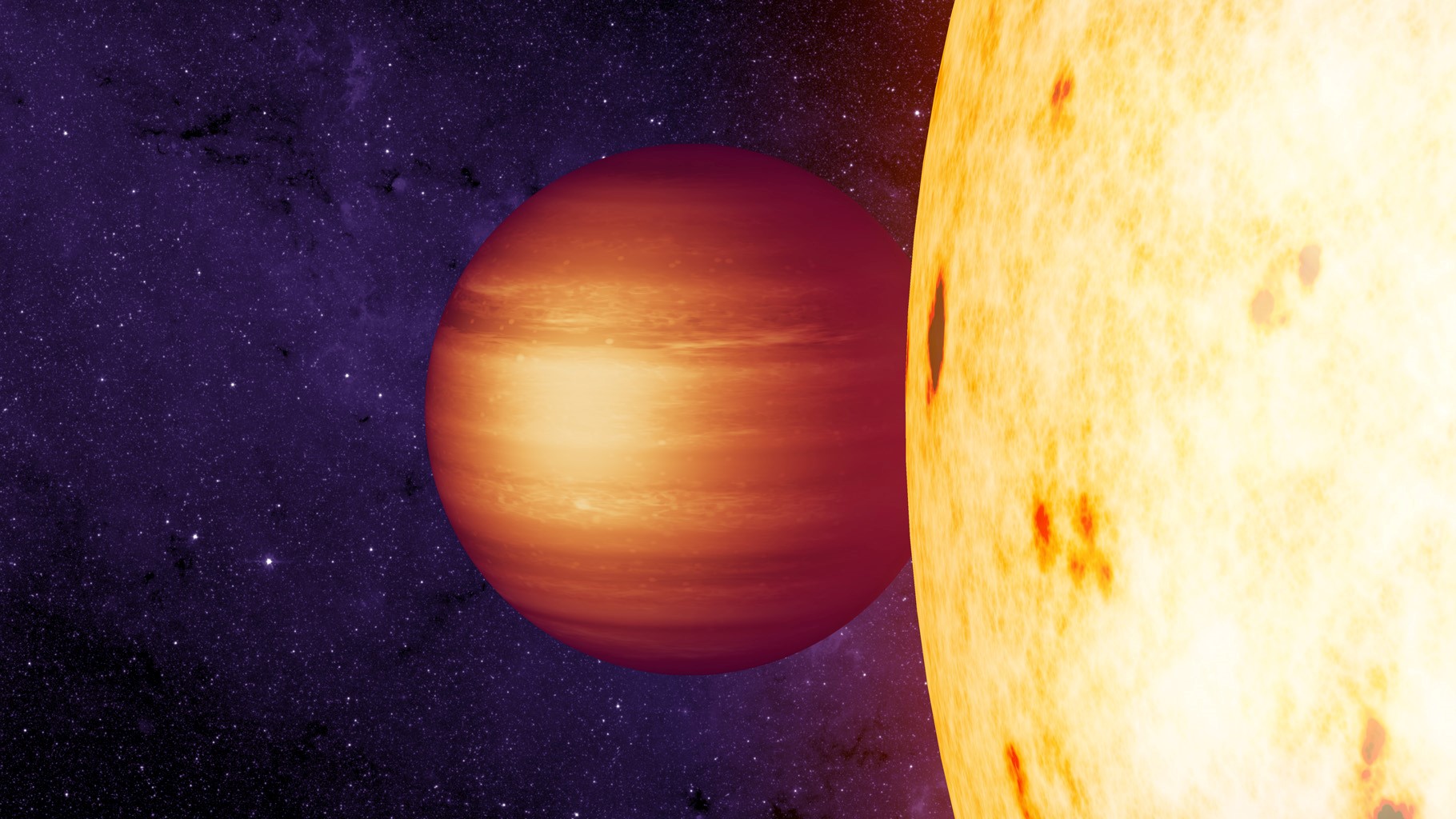
How science gets tested on alien worlds: 'We quickly realize how much there is yet to discover'
By Victoria Corless published
New insights into the chemistry of exoplanet atmospheres indicates planet-wide rainfall might take place following hydrogen atmosphere and water mixing.

We now know the shape of notorious asteroid 2024 YR4 that dominated headlines recently — it's probably 'suburban,' too
By Sharmila Kuthunur published
Asteroid 2024 YR4, once a potential Earth threat, likely originated from the main asteroid belt's central region, a surprising origin for Earth-crossing space rocks, a new study finds.
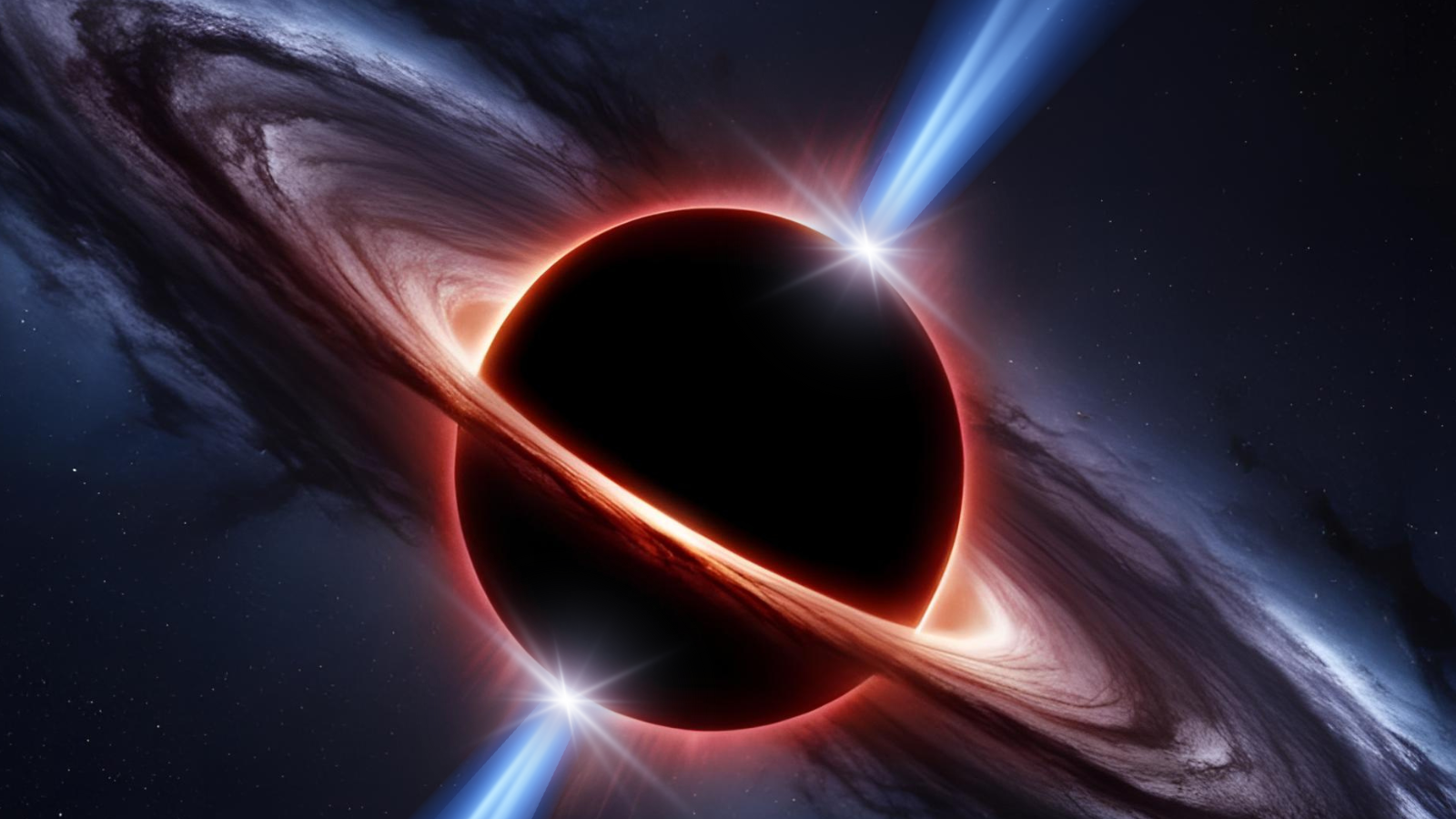
Could we use black holes to power future human civilizations? 'There is no limitation to extracting the enormous energy from a rotating black hole'
By Robert Lea published
Black holes power some of the most energetic phenomena in the known universe, but could they ever power an advanced human civilisation?
Get the Space.com Newsletter
Breaking space news, the latest updates on rocket launches, skywatching events and more!
